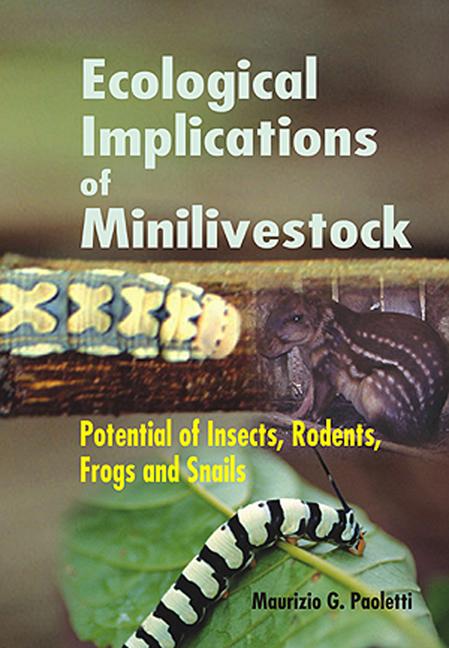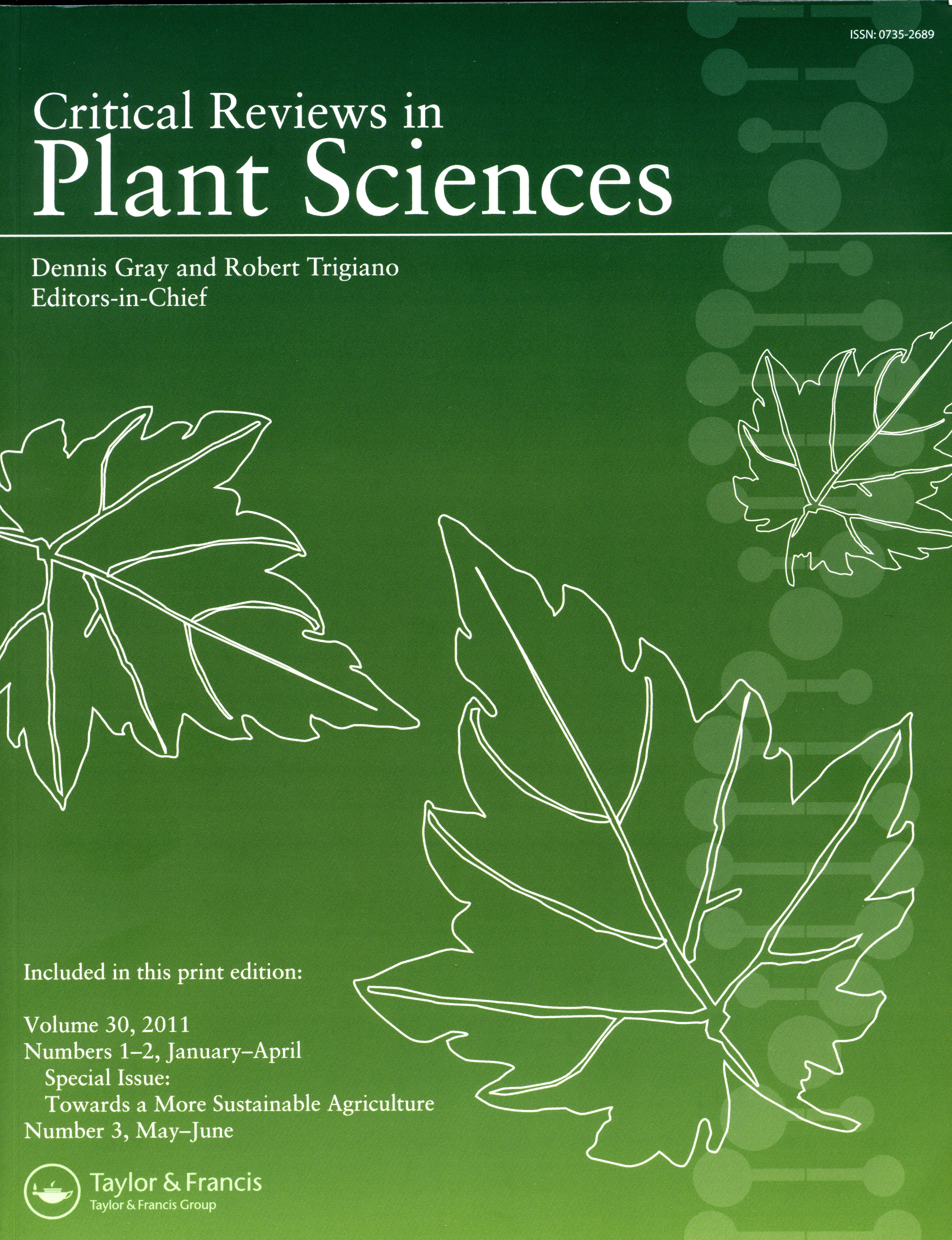 Here below an interview with Prof. Maurizio Guido Paoletti, Professor at the Department of Biology at the University of Padua, entomophagy expert and author of “Ecological implication of Minilivestock”, a book that analyzes the use of small animals as nutritious food.
Here below an interview with Prof. Maurizio Guido Paoletti, Professor at the Department of Biology at the University of Padua, entomophagy expert and author of “Ecological implication of Minilivestock”, a book that analyzes the use of small animals as nutritious food.
How the research of proteins from alternative sources like edible insects, frogs or rodents in our food system could revolutionize our food system?
The problem is that the agricultural revolution that took place approximately 12.000 years ago brought to the development of specific cereals cultivations, seeds of a certain size, the domestication of medium to large animals. As a consequence what we mainly consume today, globally speaking, includes about eight animal species and twenty plants, out of roughly a couple of million species described as existing in the worldwide database. As a matter of fact we just produce and consume very few animals and of a certain type, such as cattle, pigs, goats, sheep, chickens and little else. The productivity system of cultivated land for the breeding of these animals for example is extremely wasteful in every sense. For one pound of beef at least ten kilos of fodder are needed and at least 70% of the corn produced in North America is turned into feed for pigs, cattle, chickens etc.
Do you think that this revolution will conflict with the current intensive rearing systems of poultry and mammals or will there be a way for some kind of complementarity?
Our food culture arouse substantially in the Fertile Crescent, assimilated Asian “contaminations” (such as rice soybeans) and American “contaminations” (such as potato, corn and tomato); then this “food pattern” consolidated and gradually spread to all continents. However this is not the case of less developed areas like the Amazon, Central Africa and many Asian areas, where for various reasons we find domesticated animals and plants that are almost unknown for most Western populations, such as yucca, sago, teff, curculionidae, locusts, many caterpillars and termites.
Anyway I don’t wish for a conflict, but rather for a deep reflection on our food chains and the ones we have intensively focused on. If we open an Agronomy book and consult the list of domesticated and cultivated species, we will be able to count perhaps up to a few thousand against the twenty thousand that make up the 80-85% of the planetary consumption: a small thing if you estimate at least the 20.000 plant species that have been and still are used locally as food. Therefore there is a considerable discrepancy between the available biodiversity and the use of resources that has been imposed as mainstream in our eating pattern.
Will we be able to change this model?
Sure. But it is also true that the global food production system is based on these few products – including animals- we already mentioned, and that food system doesn’t have much interest in facilitating changes that are beyond its control.
It must be said also that the personal behaviors of each of us as a consumer have to change; along with our awareness and knowledge of biodiversity, we should also be aware that at the supermarket we can choose the products going beyond the preconception that wheat flour is better than that of sago or of teff, for example.
That’s when the issue of edible insects and the consumption of other small animals that I mentioned in my book comes out.
Feeding oneself with products from these alternative sources can be conceived as a fallback or as the renovated use of practices that we Westerners have forgotten?
I would say the one and the other. We did forget these practices, so we need to learn to use them once again.
In any case it represents the opportunity to use organisms that require fewer resources to be produced as nourishment. Also because we cannot demand green beans to be produced in tropical Africa for the simple fact that we want to eat green beans all year. Therefore the issue of education for seasonality has also to be involved. The fault is not on who produces of the beans, transports them and sells them, or buy them. We have to understand that we have a structural problem that involves everyone and that needs everyone’s contribution to be solved, by means of increasing our knowledge and awareness of biodiversity.
The instinctive disgust is the main factor that holds back a Westerner from eating an insect.
From edible insects you can get flours (to be used in desserts, pasta, bread, pizza), various kinds of snacks, energy bars, nutritional supplements for athletes. Which of these products may be more successful in Western Countries?
I’m not an expert on marketing, but the impulse of instinctive disgust is a concrete fact, a reaction that one has to learn to control and win, as I did myself the first time I ate insects.
I understand that from a commercial point of view this represents an obstacle, but if you really want to act on the traditional Western cultural imprinting we have to learn to eat the bugs as they are, in their natural shape. Also because eating a fried cricket is exactly the same of eating a fried shrimp, , it is almost indistinguishable from an analytical- nutritional point of view. And basically I don’t think that “changing insects’ appearance” would be in itself enough to prevent the disgust reaction, that has indeed a profound psychological component, independently from what we see with our eyes.
Will we see a rapid and substantial development of the economic sectors that revolve around novel foods like edible insects?
There will be a progressive change in dietary patterns that will lead us towards less dissipative sources. Obviously we will always find resistances of those people who are economically interested in leaving things as they are.
Edible insects will not replace meat, but they represent one of the alternative protein sources concretely usable, including the possibility to produce animal feed that are derived from insects raised on substrates of organic waste.
There is still need for scientific research on these issues (this is also mentioned in “Towards a More Sustainable Agriculture” Crit. Rev. Plant Science-Paoletti M.G., Garcia t. and Pimentel d. (eds.) 2011), in order to ensure production cycles and final products compatible with human health, food security and a better management of rural land.






